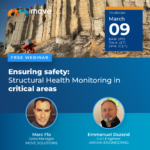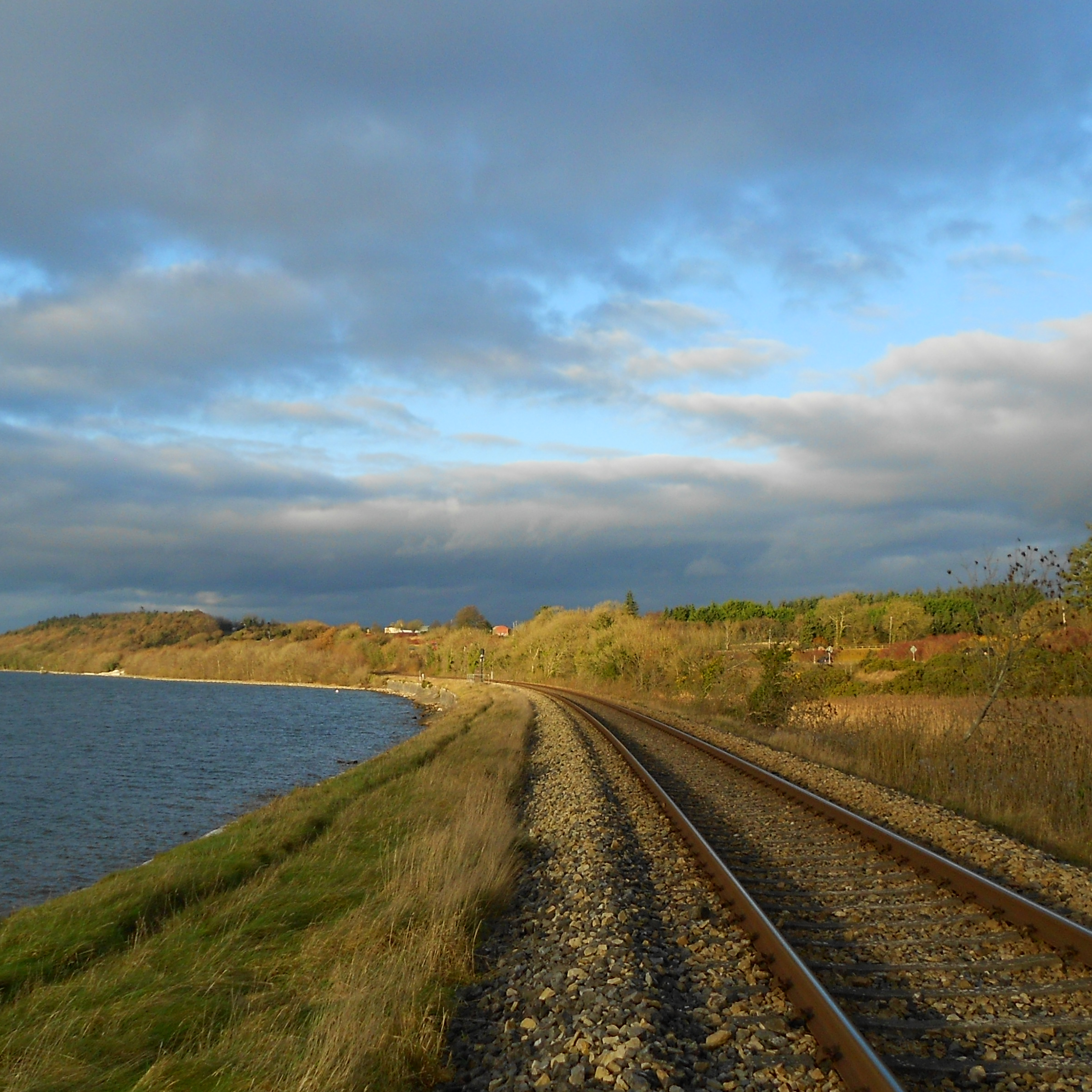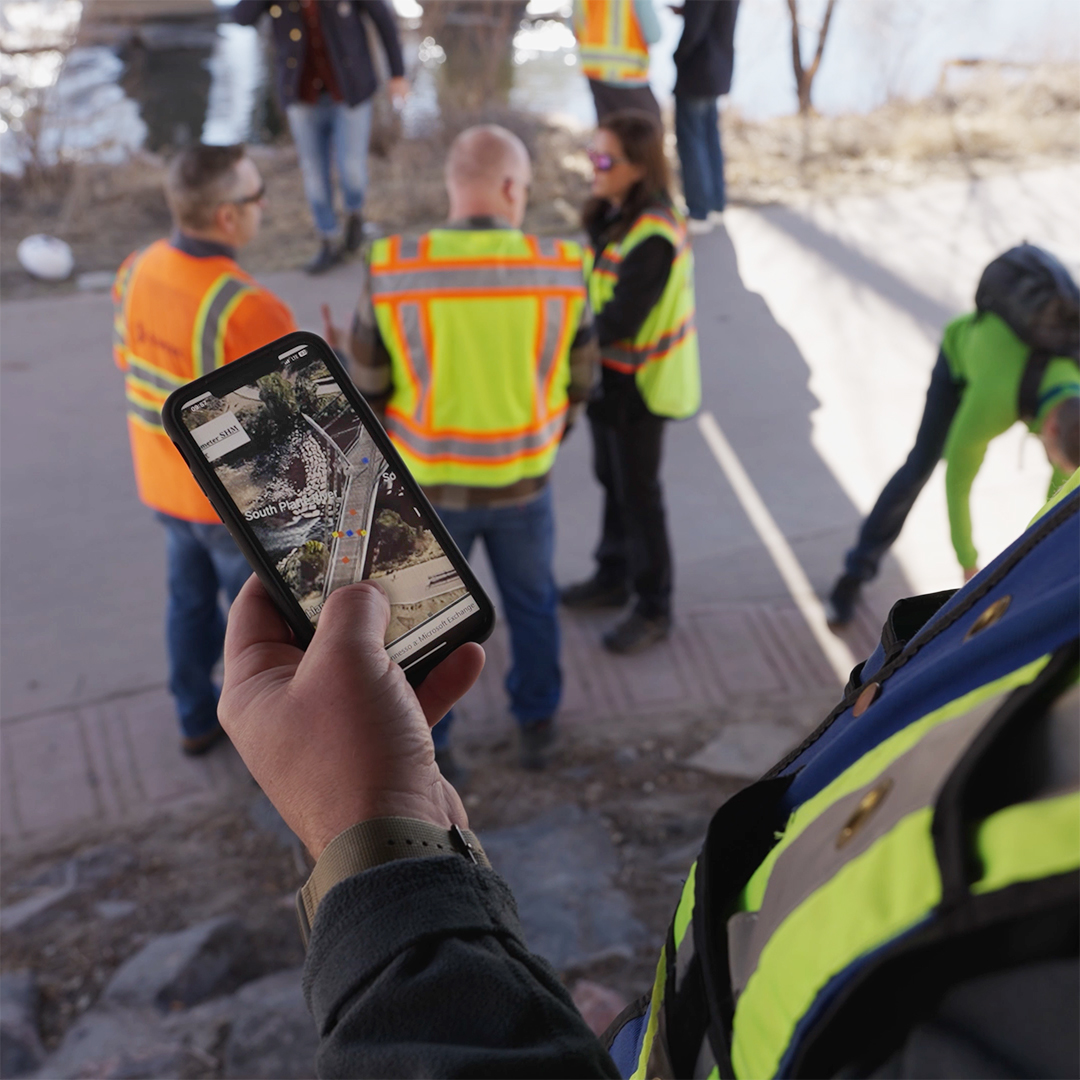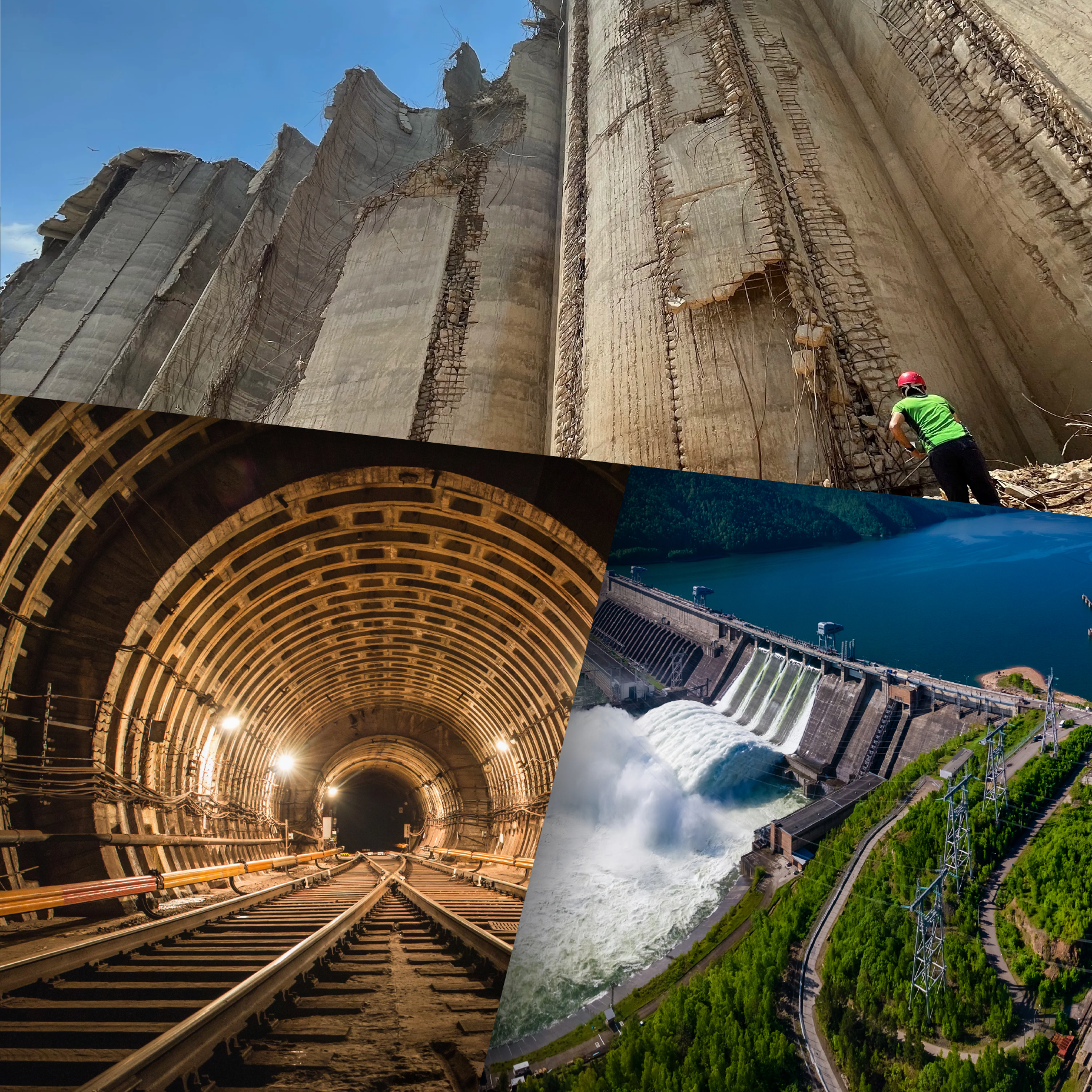How the IoT will shift smart infrastructure development
January 2023
Despite being one of the major contributors to the global economy, the construction industry has faced many challenges in recent years. In response to this, a Forbes article about barriers to construction projects discusses how the demands for better supply chain management, affordable materials, and a skilled workforce drive the increasing relevance of new technologies. Among the technological investments that construction companies can look into is the Internet of Things (IoT).
In construction, the IoT refers to the use of sensors, devices, software, or equipment to manage and monitor the working environment and infrastructure operations. As it can be integrated into the entire lifecycle of infrastructure development from planning to execution, IoT can transform the once-fragmented industry into a smart, efficient, and sustainable one.
Reduced resource consumption and overall costs
The adoption of IoT at the initial project phases of design and planning allows key actors to make more accurate and informed decisions on the project’s budget, timeframe, and resource allocation. The increasing use of digital twin technology in the design and planning phase requires real-time synchronization between real-world objects and their digital counterparts in the prototype. In this context, an International Society of Automation article on IoT functions explains how it helps in transmitting data from buildings and machinery, which can then be used to build and update digital twins regularly.
When a problem is detected by IoT devices, project managers can quickly adjust their start-to-end timeline, anticipate possible cost overruns, and improve the overall quality of the project. The efficient installation and use of IoT devices is also helpful for innovating traditional, costly, and time-consuming structural health monitoring (SHM) practices.
Sustainability efforts
The construction and development of smart infrastructure and cities are inextricable from sustainability. Companies can leverage the IoT to capture and analyze large data sets on carbon emissions, energy consumption, crowd density, and traffic volume. These metrics then inform how energy should be sourced and distributed through power grids; how roads, bridges, and transportation should be designed; and how public areas and health facilities should be managed.
Since these efforts involve vast amounts of real-time data coming in from various centers, Chen Baoming’s article on Investment in the Future underscores the need for information technology to go hand-in-hand with new/reconstructed infrastructure. Baoming explains how China’s investments in the IoT, big data analysis, and 5G networks serve as the foundation for constructing smart buildings, smart cities, and intelligent transportation. The robust digital networks and data centers guide companies and governments in identifying and satisfying people’s economic and social development guide companies and governments in identifying and satisfying people’s economic and social development needs.
Job site productivity and safety
The overly manual nature of construction often leads to an unnecessarily slow and tedious process. But IoT solutions that enhance surveillance cameras’ capabilities help project managers track worker productivity and assess equipment use in real time. IoT-enabled measurement sensors also allow for remote control and adjustment of machinery, thus reducing congestion in construction sites and allowing human workers to devote their time and energy to more complex construction tasks.
Construction companies can also use IoT devices to reduce the likelihood of workplace injuries and monitor compliance with personal protective equipment and safety protocols. A Construction Executive article identifies wearable technologies that are enabled by IoT and can track when workers are in proximity to potentially hazardous locations; detect movements like a collision or a fall, and routinely monitor vital signs like body temperature and heart rate to prevent work-related stress and fatigue. However, safety leaders and professionals are not completely wiped out of the picture; the use of IoT-connected cameras and wearables in the worksites is only meant to make their jobs more proactive and streamlined.
Risk assessment and mitigation
AI can still be utilized long after construction is complete. It was discussed in a previous article about ‘Bridge Failure and How to Prevent It’ how various factors like natural disasters and poor maintenance can lead to a structural collapse. Thus, there is an ongoing need to monitor the operation and performance of infrastructure, to which IoT-connected sensors and control platforms can directly respond. On top of onsite evaluations, built-in data transmitters and remote wireless technologies can easily detect signs of structural deterioration and material degradation. This prompts project leaders and managers to set up preventative or rehabilitative measures for optimal security and safety.
By Lorelai Dane









